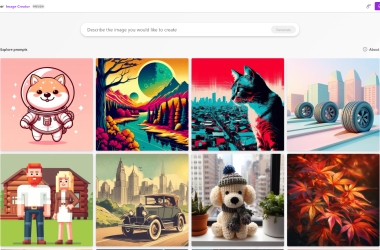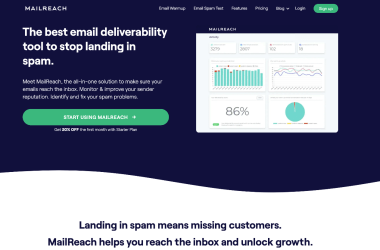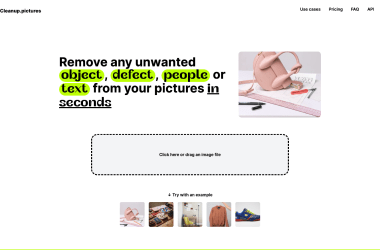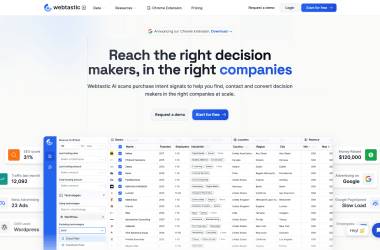Airtable is a flexible platform that allows users, particularly marketing teams, to build custom applications tailored to their specific needs.
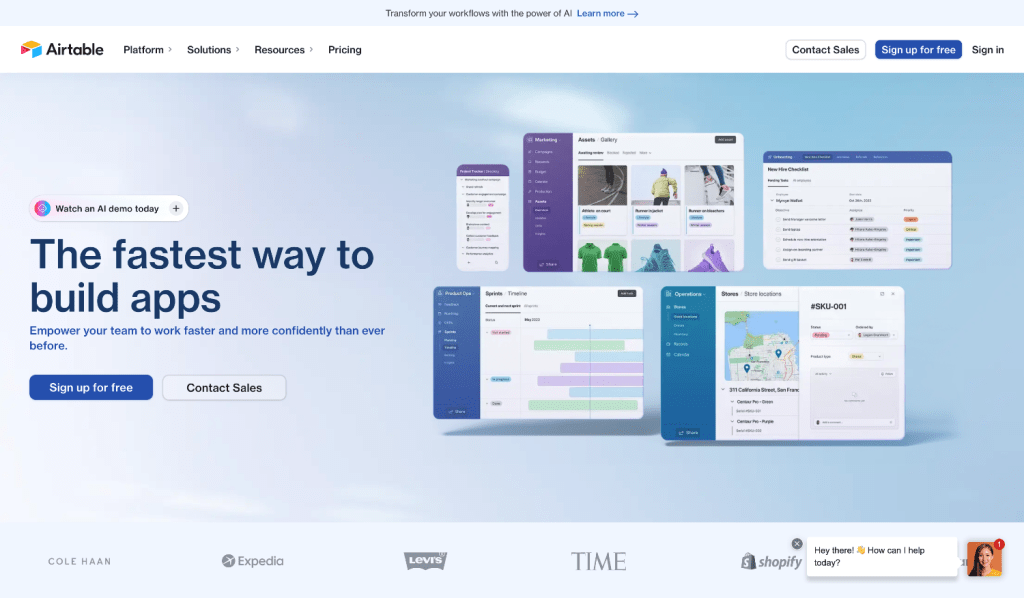
It's designed as a low-code solution that facilitates the creation of next-gen apps, enabling teams to move beyond rigid tools by operationalizing critical data and reimagining their workflows.
Airtable is utilized by over 450,000 forward-thinking organizations worldwide. Its core appeal lies in its ability to provide a customizable environment where teams can develop applications that precisely meet their requirements for managing data, projects, and processes efficiently
The key features of Airtable include:
- Customizable Databases: Airtable combines the simplicity of a spreadsheet with the complexity of a database, allowing users to organize work, projects, and inventory in a flexible format.
- Rich Field Types: Unlike traditional spreadsheets, Airtable supports a wide range of field types, including attachments, long text notes, checkboxes, links to records in other tables, and more, enabling users to store detailed and varied data.
- Views: Airtable offers multiple views, such as Grid, Calendar, Kanban, Gallery, and Form views, to visualize and manage data in the most appropriate and insightful way for different tasks and projects.
- Collaboration in Real-Time: Teams can collaborate in real-time, with changes synced instantly across all devices, ensuring everyone has access to the latest information.
- Automations: Airtable allows users to set up custom automations for repetitive tasks, such as sending notifications, creating records, updating fields, and more, which helps in reducing manual efforts and increasing efficiency.
- Integrations: With a wide range of integrations available, Airtable can connect with other apps and services to streamline workflows, including popular tools like Slack, Google Drive, Dropbox, and many others through its API and marketplace.
- Templates: Airtable provides a variety of pre-built templates for different industries and use cases, helping users to get started quickly without having to build their databases from scratch.
- Blocks: Blocks (now known as “Apps” in Airtable's interface) are modular apps that can be added to Airtable bases to extend functionality, such as Gantt charts, pivot tables, and more, allowing for enhanced data analysis and visualization.
These features make Airtable a versatile tool for organizing, collaborating on, and managing various types of data and projects, providing a highly customizable solution that adapts to the needs of its users.
Key insights
- 💡 In a database, the whole point is to link your data together, rather than copying and pasting it back and forth like in a spreadsheet.
- 📎 We can upload attachments to Airtable, making it a versatile tool for organizing and managing files.
- 📊 Using a formula field in Airtable is similar to writing spreadsheet formulas in Excel or Google sheets, making it user-friendly for beginners.
- 💡 The true power of Airtable lies in its relational database, allowing users to link invoices to clients and services, creating a more organized and efficient system.
- 💡 Creating a junction table is the best skill to focus on when creating invoices in Airtable, as it breaks down the details at a higher level of granularity before rolling into the invoice.
- 🔢 The use of unique invoice detail IDs in Airtable helps to keep track of and identify specific services within an invoice.
- 🔍 Using look-ups and roll up field types in Airtable allows users to pull data from one place in the database and get it into another, making it easier to calculate charges for clients.
- 🔍 A roll-up field in Airtable allows us to perform aggregation functions on data from a related table before bringing it back to the main table.
